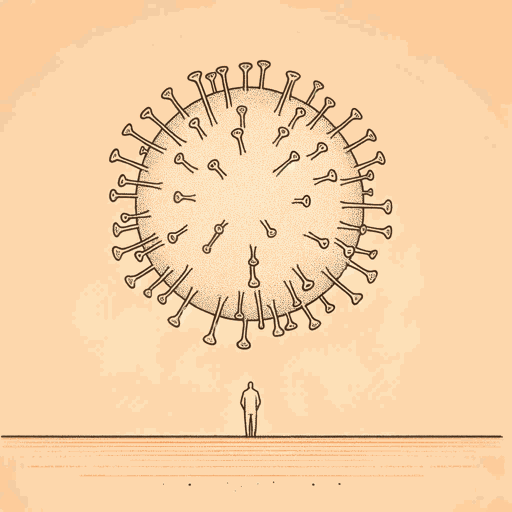82 pages • 2 hours read
David QuammenSpillover: Animal Infections and the Next Human Pandemic
Nonfiction | Book | Adult | Published in 2012A modern alternative to SparkNotes and CliffsNotes, SuperSummary offers high-quality Study Guides with detailed chapter summaries and analysis of major themes, characters, and more.
Part 9Chapter Summaries & Analyses
Part 9 Summary: “It Depends”
Quammen describe a 1993 caterpillar infestation near his Montana residence. The “tent caterpillars” stripped virtually all leaves from the area trees. This memory illustrates what ecologists call an “outbreak […] any vast sudden population increase by a single species” (495). One example, as it turns out, is humanity’s own population explosion since roughly the end of the Black Death. No animal has grown in comparable numbers.
Ecological outbreaks, Quammen warns, typically end. Viruses play a significant role in this, including in his personalized case study of tent caterpillars. He corresponded with an entomologist who identified a line of viruses “called nuclear polyhedrosis viruses, known collectively as NPVs, which ‘may be the long-sought driving force of population cycles in forest Lepidoptera’” (498).
Later, when attending a conference on infectious disease as part of his book research, Quammen met a mathematical ecologist who used NPVs as an example of how outbreaks work. Caterpillars infected with NPV literally “melt” onto leaves, leaving this residue behind to infect other caterpillars. Some also remains on eggs, so baby caterpillars can be born and infected. Quammen asked Dwyer if humans faced a similar threat, given their own abundance, and found himself in a discussion of influenza.

